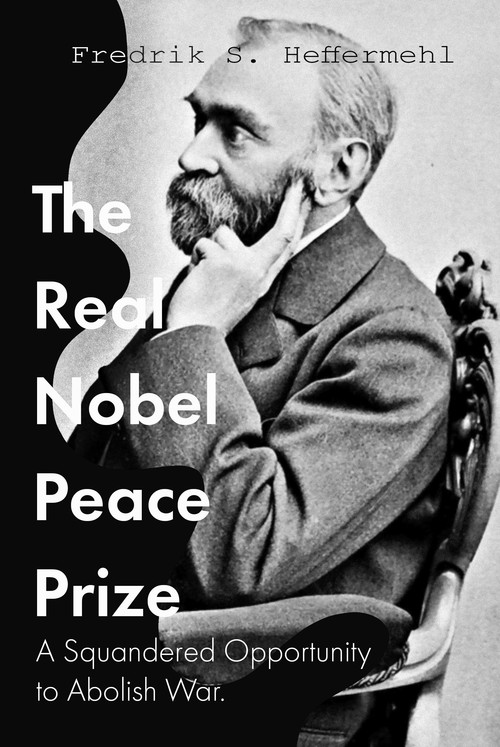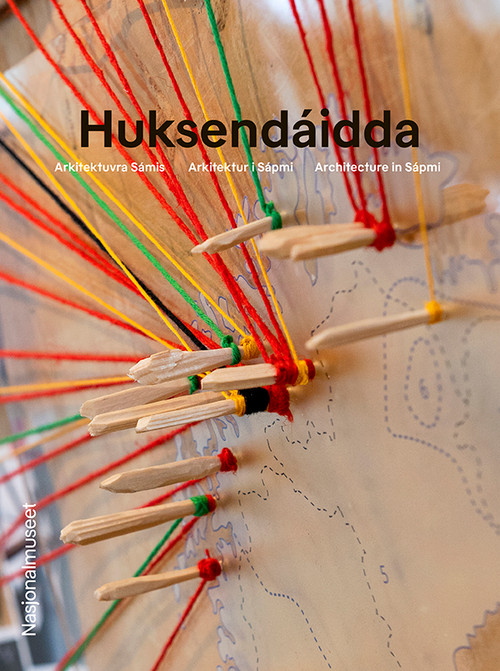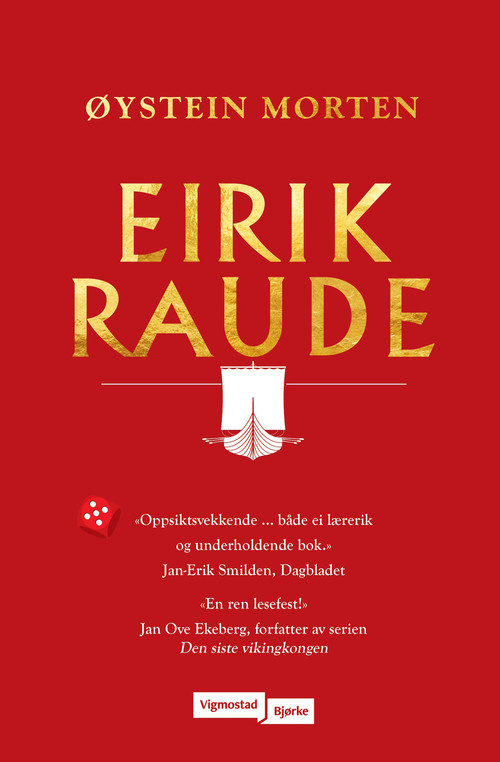Throughout history, the soul has been regarded as the core of the human being and as an expression of the individual’s personality. Most people also feel they have one, although it is hard to explain what the soul exactly is. This is the aim of this book. By following the stages of the fateful drama of the soul from antiquity to present day, the book examines what significance it still has in the 21st century.
The historical significance of the soul has been contested since the age of Enlightenment, when the scientific explanation of the world prevailed. Consequently, some people claim that the soul is reduced to a religious concept and subject to belief, while others assert that it is replaced by the psyche of modern psychology, something irrational and subject to therapy. But this reduced significance seems contradicted by the central position the soul holds as a motif in modern literature. This book tells the reader how the depiction of the soul in fictional literature and the conception of it in philosophy have formed the images and stories of the soul in Western culture that we still carry with us as a palimpsest that has been imprinted on our minds.
The conception of the soul in Buddhism and the Islam of Arabic culture is also discussed. By this actualisation, the book demonstrates how one has to understand “the other ones”, the strangers, in order to understand oneself – which is the final goal of this intellectually stimulating book.
‘A CULTURAL HISTORY FOR PLEASURE AND BENEFIT Høystad is a learned scholar (…) the reader gets a guided tour through history, showing how the soul has been conceived (…) it is a relieving pleasure when academics choose to spread their knowledge in such a smooth and easily understandable way.’






